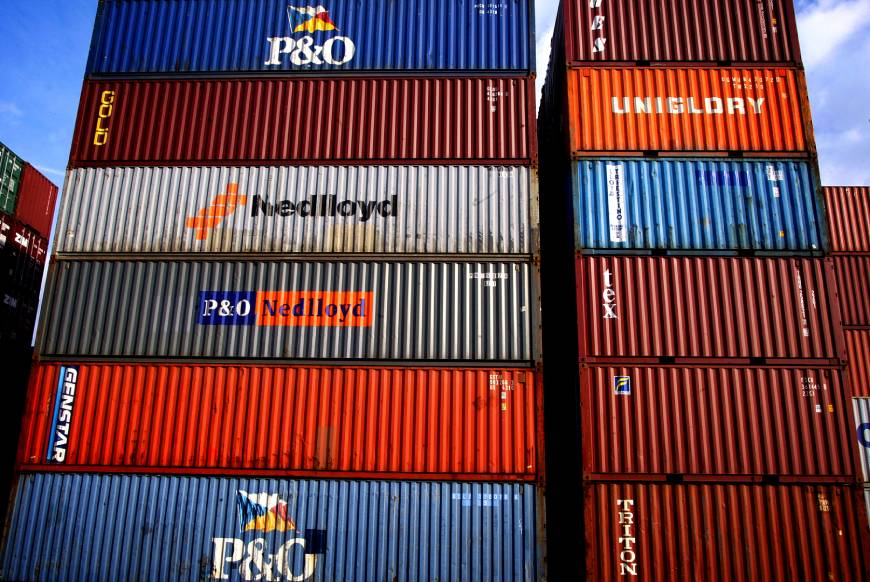What is VGM? A complete guide to verified gross mass in shipping
In order to address the numerous maritime accidents occurring on container ships due to many containers carrying a higher weight than declared on the cargo manifests, the International Maritime Organization (IMO) established in 2016 a measure obliging shippers to provide the shipping line, prior to container shipment, with the gross weight of the containers.
What is the meaning of VGM in shipping? (verified gross mass)
The gross weight of containers, also known by the acronym VGM (verified gross mass), refers to the mandatory information that the shipping company has to provide to the shipping line before the container is loaded on a ship.
This measure was established by the Maritime Safety Committee of the International Maritime Organization (IMO) because of the numerous maritime accidents in which it was found that the accidents had been caused by overweight containers on board ships and their weight being higher than that declared on the cargo manifests.
The IMO decided to put an end to these practices by introducing a series of amendments – in November 2014 – to the SOLAS Convention, which regulates the safety of life and persons at sea.
With its entry into force, the amendment makes it mandatory to provide the shipping company with the verified gross mass of the container before it is loaded onto the ship for export.
The shipping company is responsible for obtaining the VGM of the container
According to the amendment, the shipping company is responsible for obtaining the VGM of the full container and, once obtained, communicating it to the shipping line – the ship’s master – and to the terminal.
In Spain, it was the Directorate General of the Merchant Marine that was in charge of publishing said resolution -BOE of June 30, 2016-, which aims to implement the SOLAS Convention requirements regarding the verified gross mass of containers.
The amendment does not apply to containers on trucks or on chassis and platforms and loaded on transshipment or ro-ro vessels on short international voyages, i.e. short sea shipping voyages where the ship is not more than 200 miles from the coast and the distance between the port of loading and the port of discharge does not exceed 600 miles.
The shipping party, who must obtain, document and transmit the VGM, can either weigh the full container with a calibrated and certified device or weigh the empty container and each and every cargo inside with a certified and approved method.
How do we calculate the VGM?
The VGM includes the weight of the goods, the weight of all cargo equipment and materials, the stowage material and the tare weight (weight of the container).
The gross mass must be recorded on a shipping document to be sent to the ship’s master or his representative and the terminal representative, and this must be done in sufficient time to prepare the stowage plan and to take into account in port operations.
Communication of the VGM should preferably occur electronically by EDI or EDP.
The weighing of the container may take place at the marine terminal itself, and the stevedoring company bills it as a commercial service. The weighing operation may also involve a third party designated by the shipper who performs the weighing on external scales.
All equipment used to verify the gross mass of containers must be calibrated by a laboratory accredited by ENAC or authorized for metrological control in Spain.
It is important to note that the master may deny the shipment on board of those containers that do not have their gross weight verified.
When there are discrepancies between the gross mass of a full container declared before entering the port terminal and that verified at the terminal, the one closest to the shipment prevails.
A discrepancy is considered to exist when the difference obtained in the two weighing processes is 500 kilograms for containers loaded with up to ten tons or 5% for containers exceeding ten tons.
You may be interested in:







